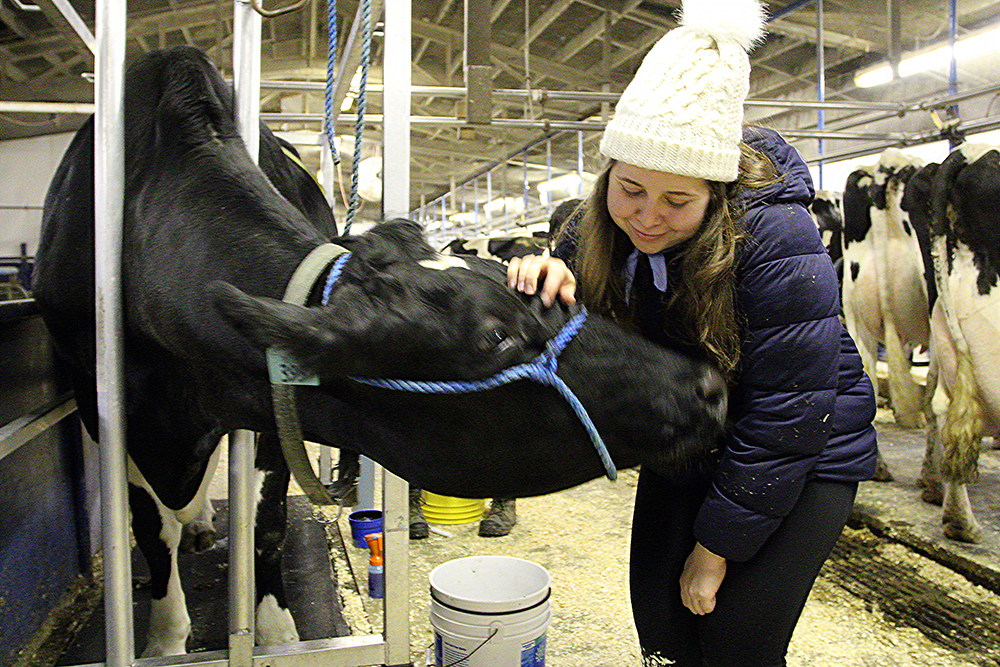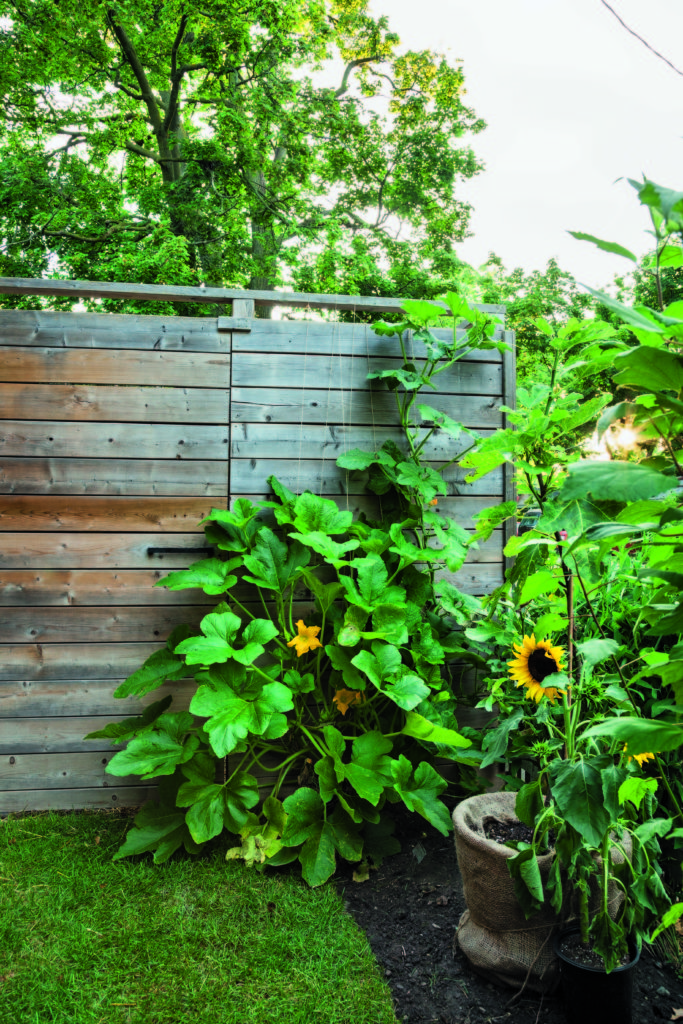Homesteading skills for sustainability

It’s such a nice idea: living gently, in a way that is kind to you and the Earth. But a self-sufficient life isn’t just about the bullock ideal. It’s about having the right homesteading skills for living a life of sustainability.
Around the House
How to create an emergency kit — Everything from gardening to tending animals to cooking comes with a level of danger. Keeping an emergency kit on hand helps you to be prepared in the case of an emergency.
How to weatherize your home — When winter comes, will your house be ready? When you know how to weatherize your home to keep the cold out and the warm in, you will be.
How to make natural cleaners — Sure, you can buy cleaners. But when you make your own you ensure that the products you’re using to clean surfaces are made with human-safe substances. Plus, some of them work even better than their chemical alternatives. And you can even make your own stove top cleaners.
How to improve your kitchen sustainability in 2020 — No matter how hard we try, we all produce some amount of waste in the kitchen. Here are some ways to reduce your impact on the waste stream.
How to compost successfully — All that waste from your kitchen, yard and livestock and be transformed into a rich soil amendment for your garden.
Weatherization tips for your house — No one wants to see their energy dollars go out the window. Here are some ways to tighten up your house to keep the warmth in and winter cold outside.
How to make DIY root cellar storage — Root cellars are among the oldest and most effective ways to store food. Why not make your own?
How to get bats out of your house — Bats are important members of the ecosystem. They control annoying insects by eating them and help pollinate flowers and vegetable plants. But they are not always welcome house guests.
Save money on lighting with one simple change — Who does not want to save some money? Here’s one way you can do it pretty simply.
How to roast your own coffee — With a few steps and the right ingredients, you can roast your very own coffee beans for that morning cup of Joe.
Caring for Animals and Livestock

How to milk a cow — Sure, you’re more likely to use a milking machine, but do you know how to milk a cow in a pinch?
How goats’ needs change by season — Goats need less land and feed than other livestock and can serve many purposes on a homestead. But what are their needs?
How to safely introduce new chickens to a flock — It’s not as simple as plopping the new chickens in with the old ones.
The basics of shearing an Angora rabbit — Rabbits are cute, cuddly and make great pets. But their fur also provides high-quality fiber you can shear yourself.
What are the best breeds of meat chickens? — Raising your own chickens for meat can be a great way to provide healthy food for you and your family.
Backyard chicken processing 101 — You’ve raised your meat birds to maturity, here’s what you need to know to prepare them for freezing or canning.
Choosing a draft horse means matching the horse to the job — Draft horses can do much the same work as some mechanized machines on small farms and homesteads.
How to care for your draft horse — These large working animals can do a lot on your farm or homestead. But they also need the proper care and attention.
How to choose herding dogs — A good herding dog can be a good partner when it comes to managing your livestock.
How to find herding dog breeders — Finding the best working dog for your farm or homestead means finding the right breeder.
What do llamas eat? — Llamas make great pets, guard animals and produce wonderful fiber. Knowing how and what they eat is crucial for their health.
What to make with sheep milk — Sheep are known mostly as wool and meat producers, but their milk is a tasty and nutritious dairy product.
Best egg layers for your backyard chicken flock — There is nothing quite like the taste of fresh eggs. Especially if they come from your own chickens.
12 things to know about raising cows — Raising cows can be both challenging and rewarding. Here are some things to keep in mind if you are thinking of starting a herd.
In the Kitchen
How to store produce so it lasts longer — Keep those precious veggies fresh with this handy guide.
Five recipes for homemade dish soap — Wash your dishes without using chemicals or artificial scents with these five recipes.
How to care for kitchen knives — A knife is only as good as the care it receives. Here’s how to keep your knives happily slicing, dicing and chopping.
How to start an indoor herb garden — Give your cooking the extra flavors and nutrients from your very own herbs right in your kitchen.
9 Ways to green your kitchen — Your kitchen is a great place to start a green lifestyle.
9 creative uses for canning jars — Perfect for storing food, canning jars can do so much more!
In the Garden

How to prepare a raised garden bed for winter — No, you shouldn’t just walk away and deal with it in the spring.
How to start a market garden — Your growing expertise could become your next home revenue stream.
How to plant a fall vegetable garden — Second plantings mean more harvest for you!
What are cover crops? — Knowing how to properly use cover crops can increase the health and productivity of your land.
Essential techniques of permaculture — Permaculture is the planting style of working with your land’s natural formations and structures. Here are a few tips to get you started.
10 medicinal plants for your natural first aid kit — Growing these plants can save you a trip to the drugstore.
Growing microgreens for beginners — They are tasty, nutritious, can be grown indoors and don’t take up a lot of space. What’s not to love about microgreens?
DIY plant markers for your garden — Keeping track of what seeds you planted where can be a fun craft project when you follow these DIY suggestions.
How to harvest rainwater — It falls from the sky and your land needs it. Why not capture and store rainwater?
How to save seeds — A great way to have seeds on hand from one planting season to the next is keep some aside when you harvest your plants.
